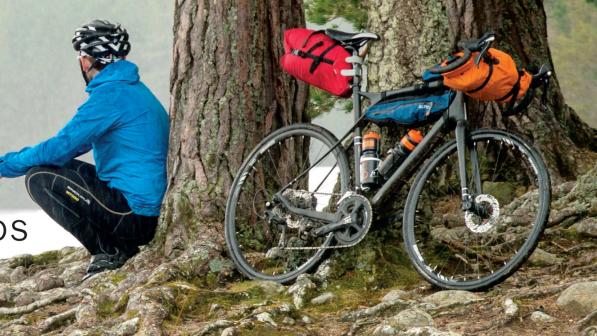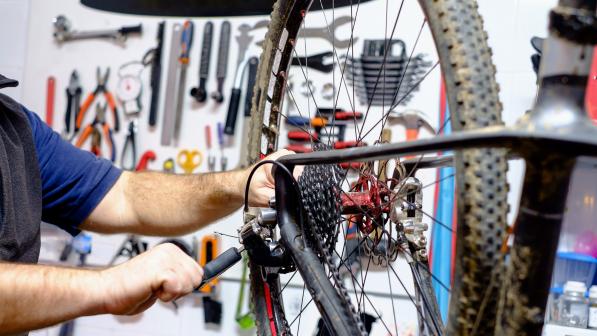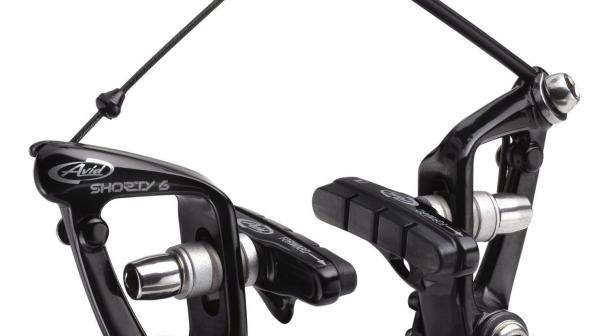Roller brakes that don't work

Nick Clatworthy
Shimano Multi-Condition roller brakes seem to divide opinion, with some users liking their all-weather commuting capability even as others damn them for limited effectiveness, erratic performance, and finicky service requirements. The basic design employs three steel shoes, which are pressed against the inside of the steel drum by rollers on a cam plate turned by the actuating arm. The steel-to-steel braking surfaces need lubrication with a special grease to prevent seizure. Dragging a roller brake for prolonged periods or using it at speed on a steep descent can boil the grease, leaving the braking surfaces damaged and prone either to snatch or not work at all.
Not knowing which outcome is more likely does little for user confidence. Some reports suggest that a brake that has overheated can’t be restored to full power by replacing the grease. A roller-brake-compatible hub also incorporates a ‘power modulator’ designed to limit maximum braking powerand prevent wheel lock up…
The good news is that the roller brake is a self-contained unit, attached to its hub via a splined interface, and can be replaced without major disturbance to the wheel. There are several versions, with the most expensive offering greater braking power and additional cooling fins. If you don’t fancy simply replacing the brake, one option might be to substitute a Sturmey Archer drum brake, although this would need a complete new wheel. Changing the front wheel only would keep costs down. To fit a disc or rim brake, you would need to find a way to mount the hardware.
Richard Hallett
Cycle’s Technical Editor


